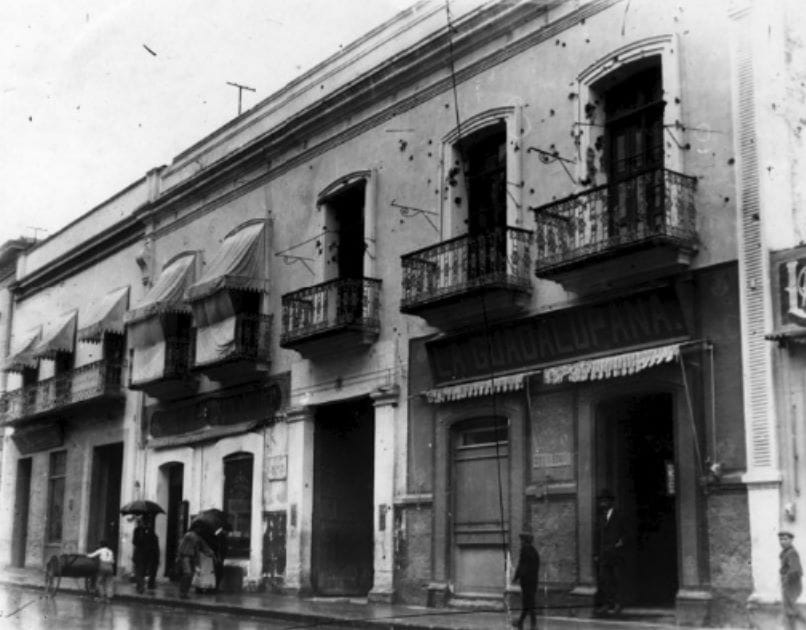How the Mexican Revolution Broke Out
The Mexican Revolution erupted in 1910, fueled by Porfirio Díaz's dictatorship. Francisco Madero's call for democracy was met with repression, sparking the heroic Serdán uprising. Carmen Serdán's vivid account reveals the fight's intensity, culminating in her brothers' tragic deaths.

In Mexico, the year 1910 buzzed not with the usual hum of life, but with a revolutionary fervor whispering promises of change. It was a change that would rattle the nation, overturning a decades-long dictatorship and reshaping the political landscape. And like all great upheavals, it wasn't sudden – it was a slow burn of frustration and hope, eventually erupting in the fiery Plan of San Luis.
At the heart of this maelstrom stood two men: Francisco I. Madero, the visionary anti-reelectionist, and Porfirio Díaz, the once-exalted general turned iron-fisted president. Díaz, an aging lion now clinging to power, had ruled Mexico for thirty years. Once considered a harbinger of progress after the chaos of foreign intervention, his regime had devolved into a 'velvet' dictatorship – soft on the surface, ruthless underneath.




